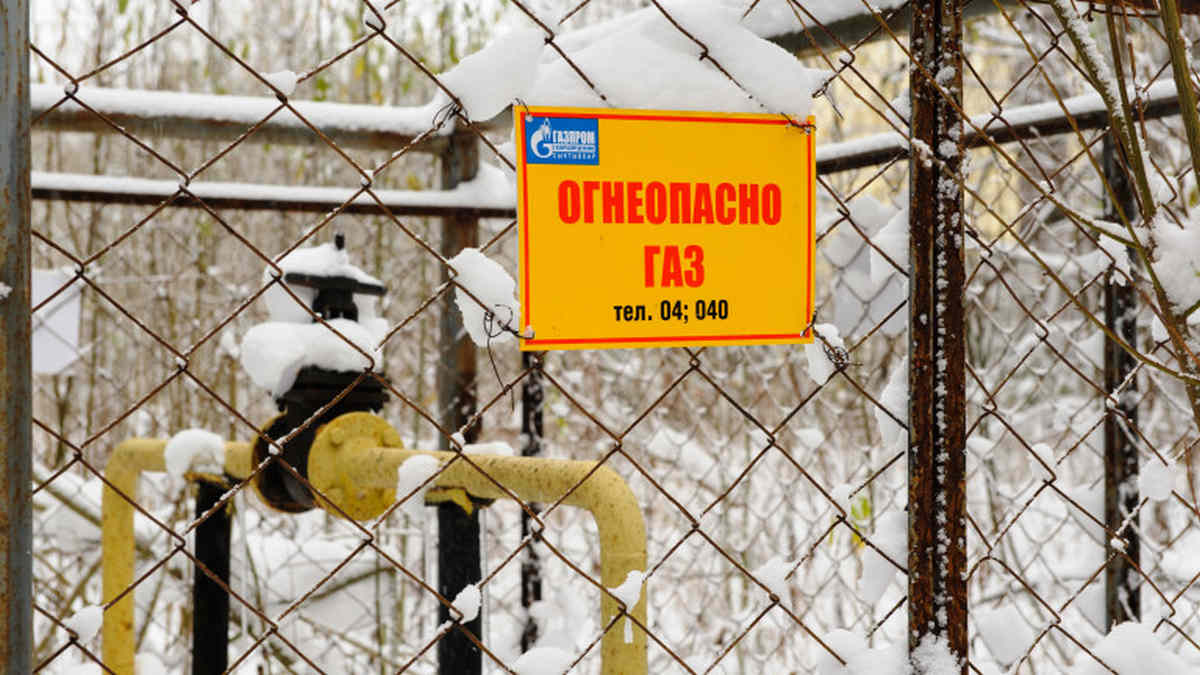Gas prices in Europe are again approaching $ 1,000 per 1,000 cubic meters. m. The heating season has not yet come, but winter is approaching, and the shadow of the energy crisis is already being felt, according to RIA Novosti. Here is a typical example – fertilizer plants are already closing, because at current gas prices to continue to work is simply unprofitable.
It can be noted that energy crises of varying degrees occur regularly around the world. Recall the world news about the severe and unpredictable cold in Texas in February this year and news about the lack of gas last winter in Asia – against the background of the cold front. There are many reasons for such peaks, and at this time we tend to think about renewable energy, because its production during these periods is falling or at least lower than expected.
However, renewable energy was not the main cause of the difficulties in Texas, Asia or now Europe.
One of the most serious problems with gas shortages and price spikes in the Asian region in winter is the fundamental shortage of natural gas storage facilities in Asian countries and China’s rapid transition to gas heating. But as a result, everything can be reduced to one and obvious recipe for solving the problem: to minimize the risks of crises, it is necessary to increase the redundancy of existing heating and electricity systems.
Secondly, energy reserves are of great importance. Or, in other words, a “virtual reserve” in the form of the ability to always order additional gas is a great thing, but you have to pay for it. It consists of investment and costs for maintenance and operation of deposits and pipelines.
Moreover, Gazprom and all other gas sellers are already required to maintain a reserve.
For example, in the fall of 2014, when Gazprom was trying to launch new Ukrainian gas fields, it cut supplies to European consumers in transit to Ukraine under pressure from their contractual requirements, for which it paid multimillion-dollar fines. Currently, the company is fully fulfilling its contractual obligations.
In fact, some consumers just want to get what’s worth the money – for free. Admittedly, this is partly due to the gas monopoly itself, which for many years has emphasized the existence of excess production capacity as a bonus for the development of gas cooperation between Russia and the European Union. This excess capacity was formed many years ago as a result of excessive investment against the background of a pessimistic assessment of future demand and is likely to be gradually wasted over many years.
What is the main reason that Gazprom’s current exports are carried out exclusively under contracts, without an additional offer, against the background of record prices, it is difficult to say for sure. According to some experts, there is simply no surplus of gas now, and Gazprom has a priority in preparing for the Russian winter and filling Russian gas storage facilities. At the same time, the current tariff is being discussed in connection with the intrigue surrounding the future of Nord Stream 2. But whatever the root cause, it is clear that Russia cannot endlessly guarantee a significant excess of exports over contractual agreements.
Let’s summarize. In Europe, a few years ago, the question arose as to who would pay for the empty capital capacity to build up reserves. Now, as a pioneer, this issue must be raised in the reserve commodity quota, as the “buyer’s market” is replaced by the “seller’s market”. As a result, the total cost of electricity with a high share of renewables is higher than the official cost.
In the long run, the solution to the problem of renewable energy reserves should be hydrogen – as a universal energy storage. This is not a cheap solution, although in the future it will allow humanity to move away from backup gas infrastructure. But there is still a lot of time.

